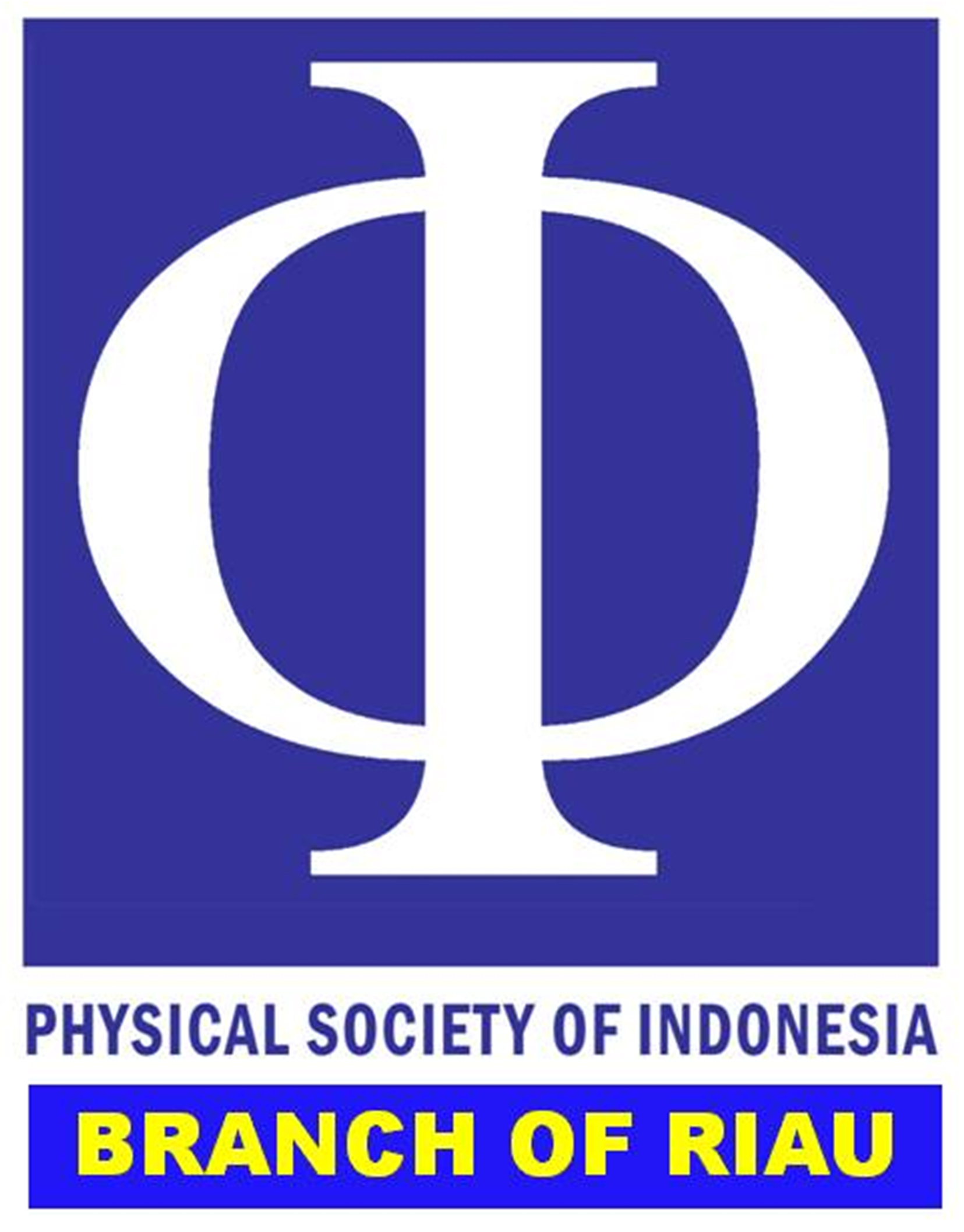RETRACTED: Analysis of the effect of calcination and substitution on the phase properties of strontium-hydroxyapatite
Abstract
Retraction Note: Analysis of the effect of calcination and substitution on the phase properties of strontium-hydroxyapatite
The Editors have retracted this Article.
After this Article was published, several Authors contacted the Editors to state that they did not contribute any interests in the submission process of this research. In correspondence with the Authors, approval of the submission of this Article could not be verified. Therefore, the Editors have lost confidence in the integrity of this research.
Elvina Putri, Iwantono Iwantono, Zulkarnain Zulkarnain, and Jan Setiawan agree with this retraction.
Full Text:
PDFDOI: http://dx.doi.org/10.31258/jkfi.21.3.245-256
Refbacks
- There are currently no refbacks.

This work is licensed under a Creative Commons Attribution-NonCommercial 4.0 International License.
Indexing by:








